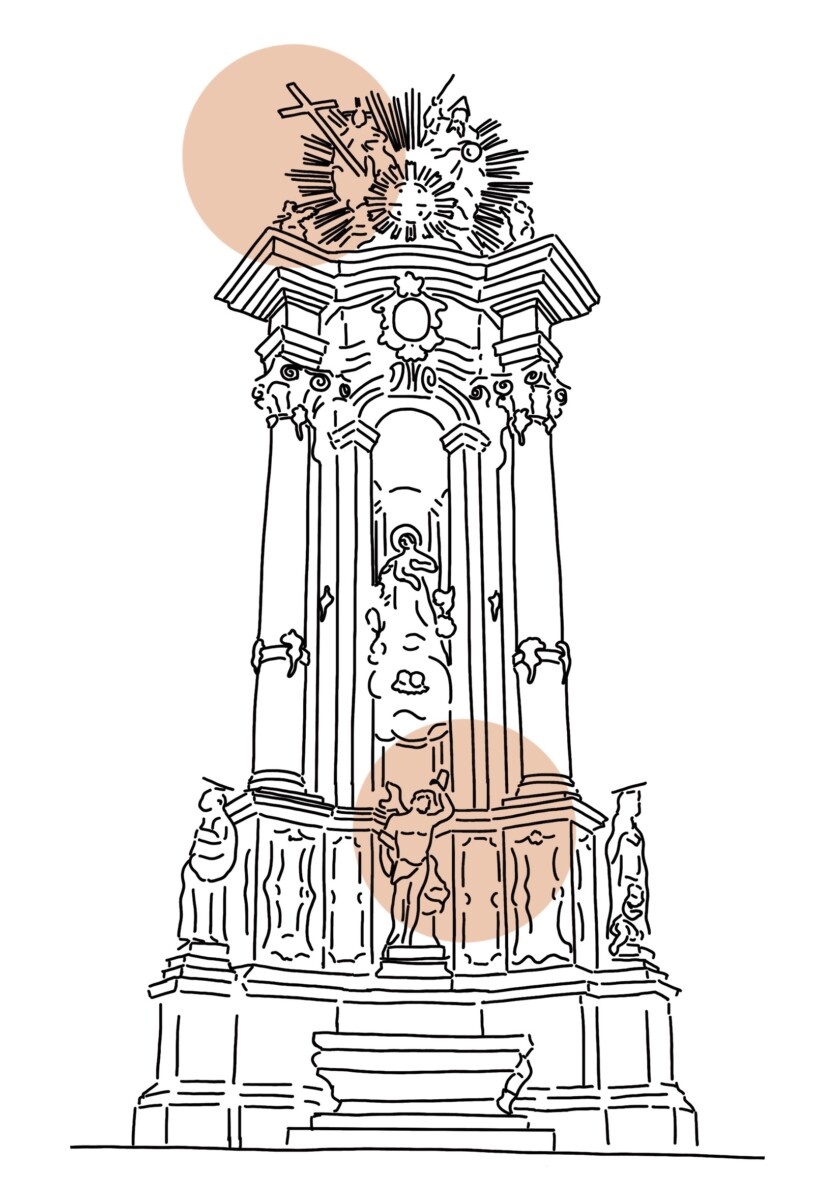Seven reasons
ECONOMIC REASONS
Apart from preservation of history and restoration of monuments, protection of cultural heritage entails also significant economic consequences. Monuments are not just a financial burden for the state; they offer a welcome opportunity for the development of the economy and tourism. Cultural heritage has long been a key factor in tourism. In many countries, it generates substantial economic revenue. Historic cities, traditions, and art attract tourists who pay their entrance fee, but also generate further demand for quality services. This cycle acreates business opportunities and jobs for small entrepreneurs, accommodation services, restaurants, and local craftsmen. Heritage sites with aesthetic values are sought-after tourist locations, whereas neglected environments and buildings in poor structural condition attract crime. Every restored monument with a suitable function is economically more advantageous than a building without a specific use. Currently, for example, the attractive reuse of industrial monuments for new purposes (such as cultural centres or administration) allows for preservation of the object for future generations while also creating economic profit. An innovative project in Slovakia involves engaging the unemployed in the restoration of monuments, where visitor numbers to many castles have significantly increased even during the construction work. The protection of cultural heritage and its diversity creates potential for the development of cities and regions. Investments in the restoration and maintenance of monuments attract attention and resources that can be used for other projects as well. Economic reasons for protecting cultural heritage thus contribute to creating a better present and future for communities and regions.
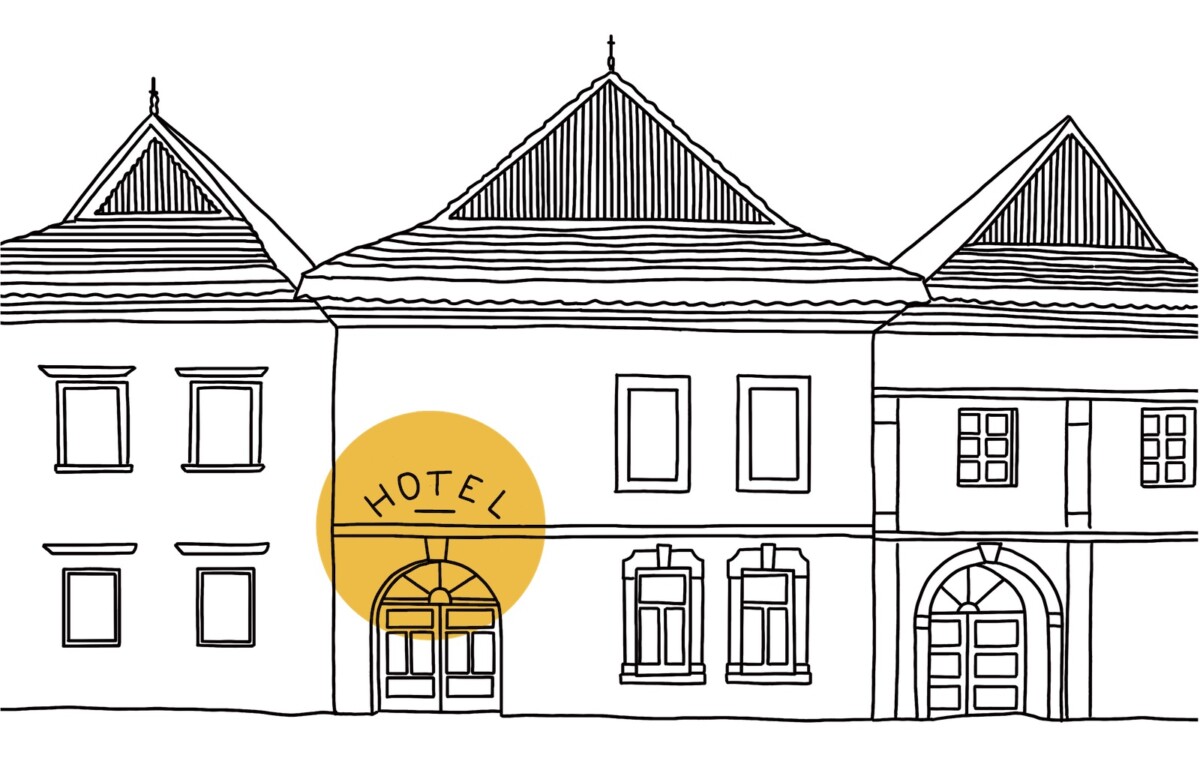
SCIENTIFIC REASONS
Research on cultural heritage does not end with the restoration of monuments. It also includes utilizing technological advancements to expand the knowledge of our own history. Scientific research allows us to discover and better understand a wide range of phenomena from our past. Archaeological finds, restoration or construction surveys, analyses of historical documents, and other studies contribute to the development of knowledge about the lives of our ancestors, their society, and culture. Thanks to scientific knowledge, we can better understand the values that shaped our society. Modern technologies open new possibilities for research and analysis, providing more accurate and detailed information about historical sources and monuments. Research in the field of cultural heritage has a long tradition, and these perspectives are key to understanding the development of lifestyles and preserving them for future generations.
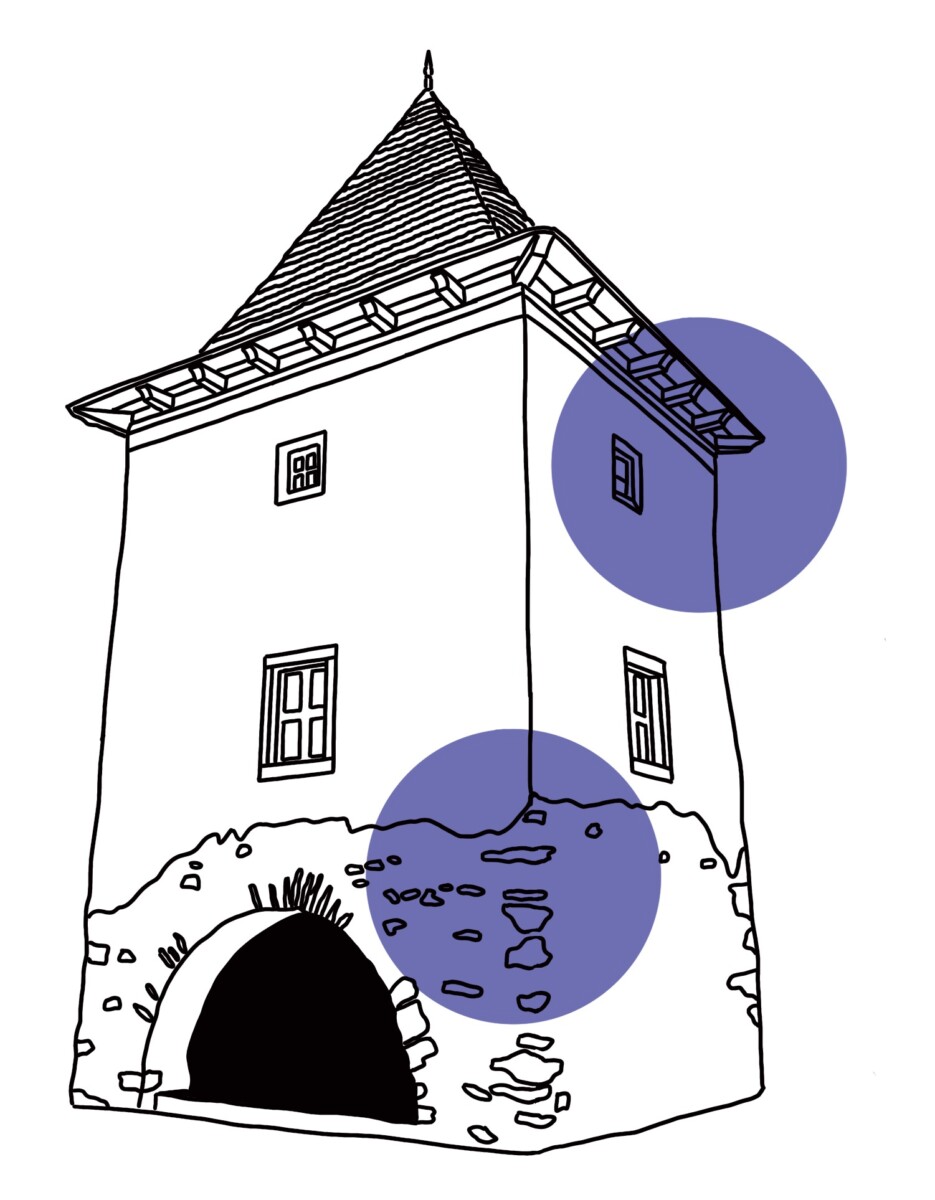
ECOLOGICAL REASONS
In the past, construction industry primarily utilised materials that were easily accessible from local sources. This way, it reduced transportation costs and materials from demolished buildings were re-used. Wood, lime, stone, or clay make up most of our historical buildings. The protection of cultural heritage emphasizes the importance of recycling and restoring these materials. Current trends focus on sustainability and energy efficiency while minimizing negative environmental impacts. Preferred are smaller, incremental steps, individual designs, and continuous repairs of original historical structures and elements. A trend is the return to traditions in terms of strengthening traditional crafts, technologies, building methods, and materials used. This approach does not produce a large amount of construction waste and supports a sustainable approach to existing resources. It is most appropriate to maintain and restore monuments with the materials and means with which they were created or have been maintained throughout their existence. Preventive maintenance is often an underestimated and long-neglected method of protecting buildings. It is a gentle approach that does not alter the structures or their appearance. The goal is to repair minor damages or, through early intervention, extend the life of the structures and their surfaces. This approach prevents the development of more serious damage and rising costs of restoration. Parks, historical gardens, and the surroundings of monuments can become refuge for biodiversity and support the maintenance of ecosystems. Raising awareness of the importance of a sustainable approach to preserving monuments leads to greater ecological responsibility towards cultural heritage and the environment.

TECHNOLOGICAL REASONS
Cultural heritage is not only a source of aesthetic values but, through its material nature, it also provides ample evidence of the technological processes and knowledge of our ancestors. Thanks to this knowledge, we can still draw from their legacy today. Historical buildings encode the knowledge of our ancestors about building construction, maintenance, and their appropriate use. These are unique structures that were created through centuries of observing the nature of building materials and their processing methods. Today, this knowledge is accessible thanks to new and advanced technological possibilities. These technologies allow us to understand the conservation of monuments more effectively and gain better insight into cultural heritage. Building diagnostics often involve non-contact methods, thereby minimizing intervention in its substance. 3D scanning, ground-penetrating radar methods, and other tools provide detailed information about the material composition and structure of historical objects. Thanks to these technologies, we can determine the procedures and materials chosen by our ancestors during construction. This information is valuable for planning restoration, allowing for better understanding of the condition of the monument and minimizing the risk of its damage. Thus, technologies help us protect our cultural heritage more efficiently and thoughtfully.
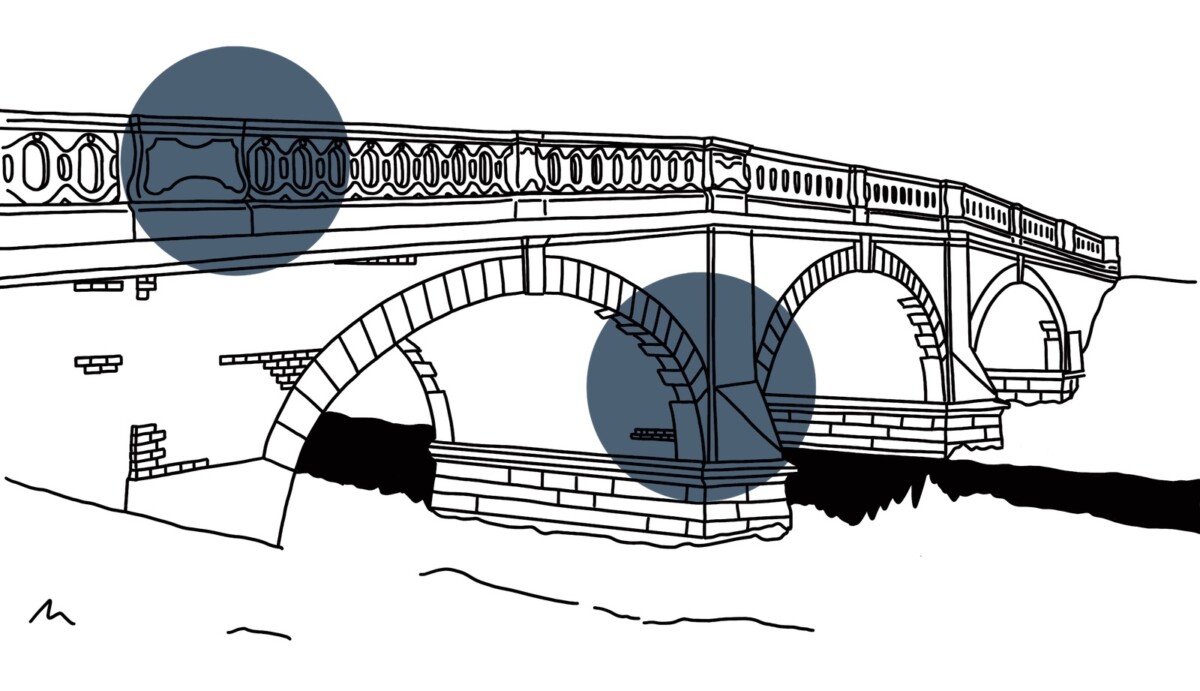
CULTURAL REASONS
Protecting cultural heritage helps us preserve the values that have shaped our past and continue to influence our present. Cultural heritage is not just a collection of historical buildings or archaeological finds. It plays a key role in forming and maintaining the identity of a society or nation. Historic cities, traditions, and art are reflections of who we were and who we are today. Cultural heritage helps us understand our roots, values, and the way our social development has evolved. It captures the spirit of the times, expression, and lifestyle in different periods. Every historical source, building, or piece of art tells its own story, revealing the values, opinions, and aesthetic sensibilities of its creators, and connects present and future generations. The legacy of our ancestors actively influences our perception of the world and our surroundings, and how we shape it today. It serves as a source of inspiration for contemporary creation and a framework for cooperation among people. The effort to protect cultural heritage is not just about preserving tangible heritage, but also about creating and strengthening the ties between society and our historical monuments.
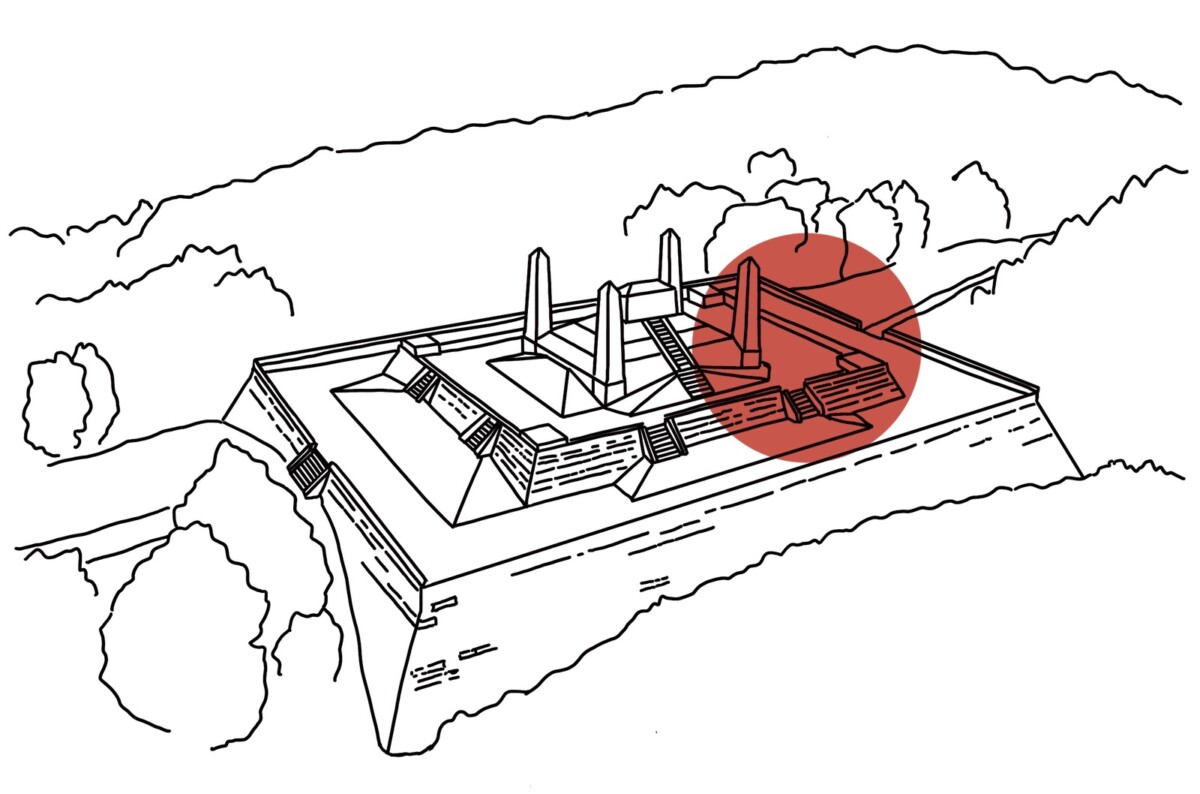
URBAN REASONS
The appearance of our cities and landscapes depicts the historical development and lifestyle. Generations of ancestors have shaped the character of the territories in which we live. Various studies have confirmed that a cultivated environment significantly affects the quality of life. Heritage sites in Slovakia are among the most significant and best-preserved locations in the country. Historical architecture, public space, and the genius loci of a settlement contributes to the uniqueness of each place. Protecting heritage sites means maintaining the character of places and preserving an authentic environment. Not only the historic urban fabric of settlements but also the cultural landscape is part of our cultural heritage. The cultural landscape is the result of long-term human activity and can take various forms (traditional rural culture with elements of small-scale architecture, mining, viticulture, transportation, or industrial culture). Given the current environmental challenges, cultural heritage can serve as an example of sustainable approaches to urban planning. This way, it contributes to the creation of urban environments that are not only aesthetically pleasing but also environmentally friendly.
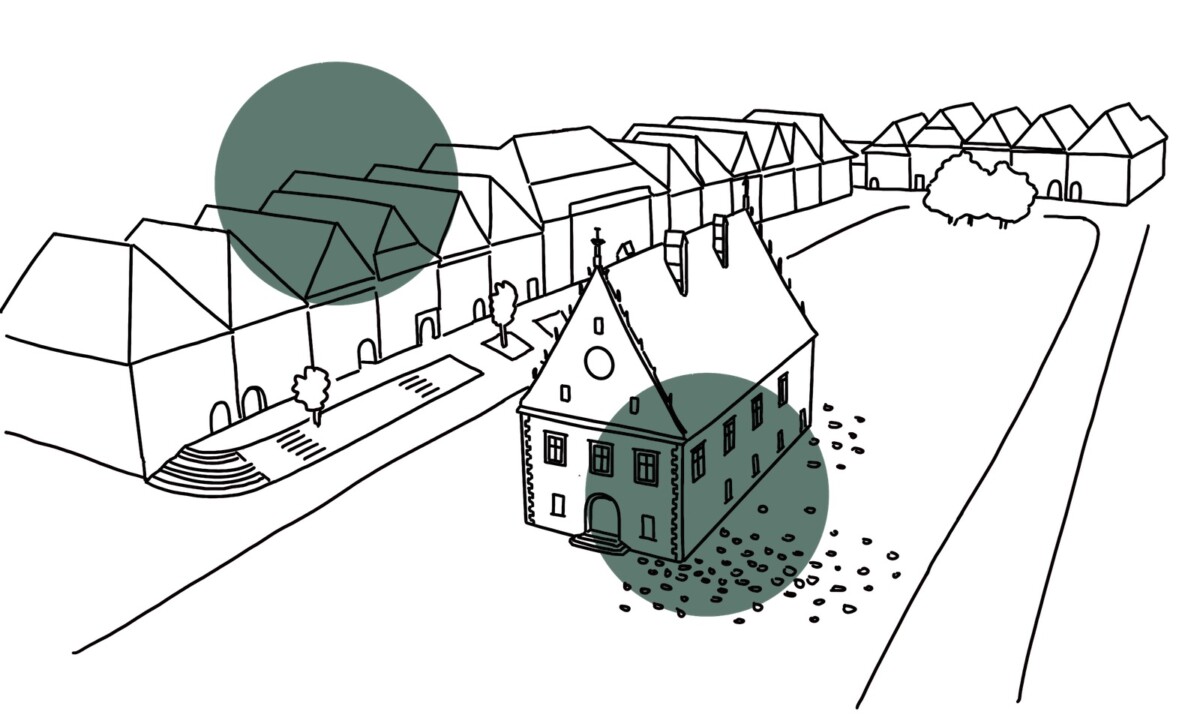
CULTURAL REASONS
Cultural heritage contributes to the formation of aesthetic and artistic values in our society. Historical buildings, works of art, and other monuments were created with an emphasis on detail and aesthetic qualities. Their preservation and protection maintains the beauty that helps us perceive the world and ourselves in new and inspiring contexts. Moreover, they are carriers of a unique artistic expression, reflecting the creativity of our ancestors and their diverse arts and styles. Protecting these values is fundamental to understanding the evolution of our society across different periods. The richness and diversity of art and culture form the identity of our places, help communities maintain their distinctive character and connection to the heritage of their ancestors. Older works of art and details can provide inspiration for contemporary creators. They play a key role in preserving and strengthening the creative spirit of our communities and societies. The protection of cultural heritage is indispensable for preserving our culture and identity.
